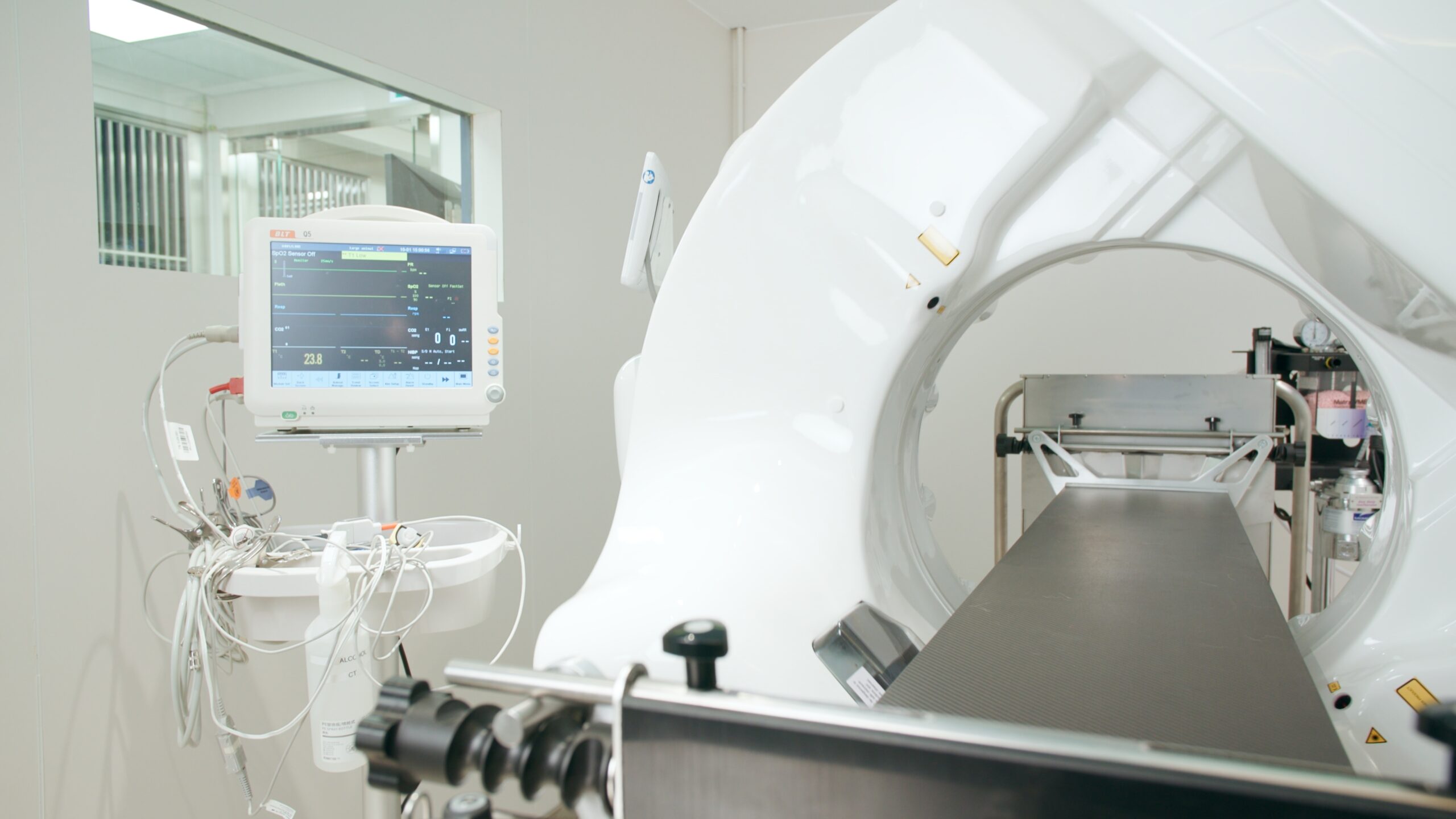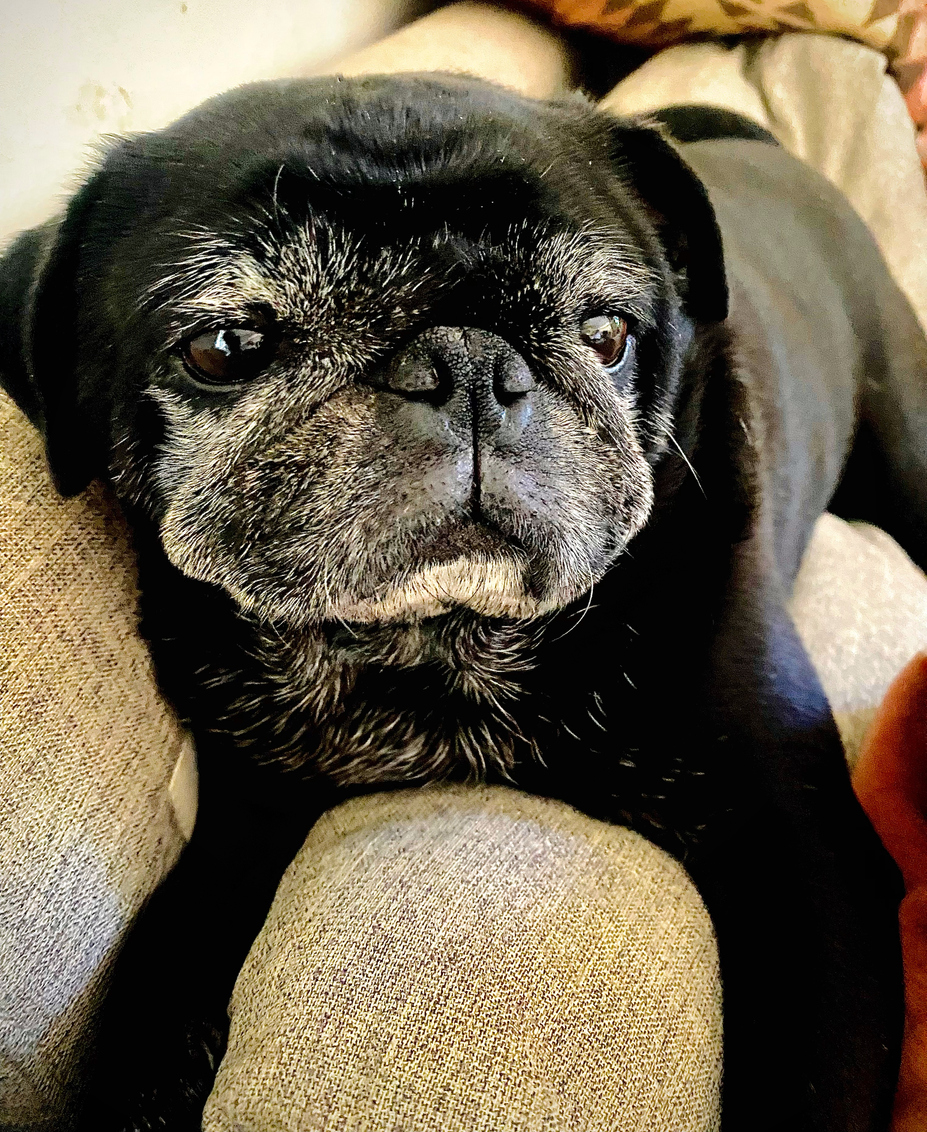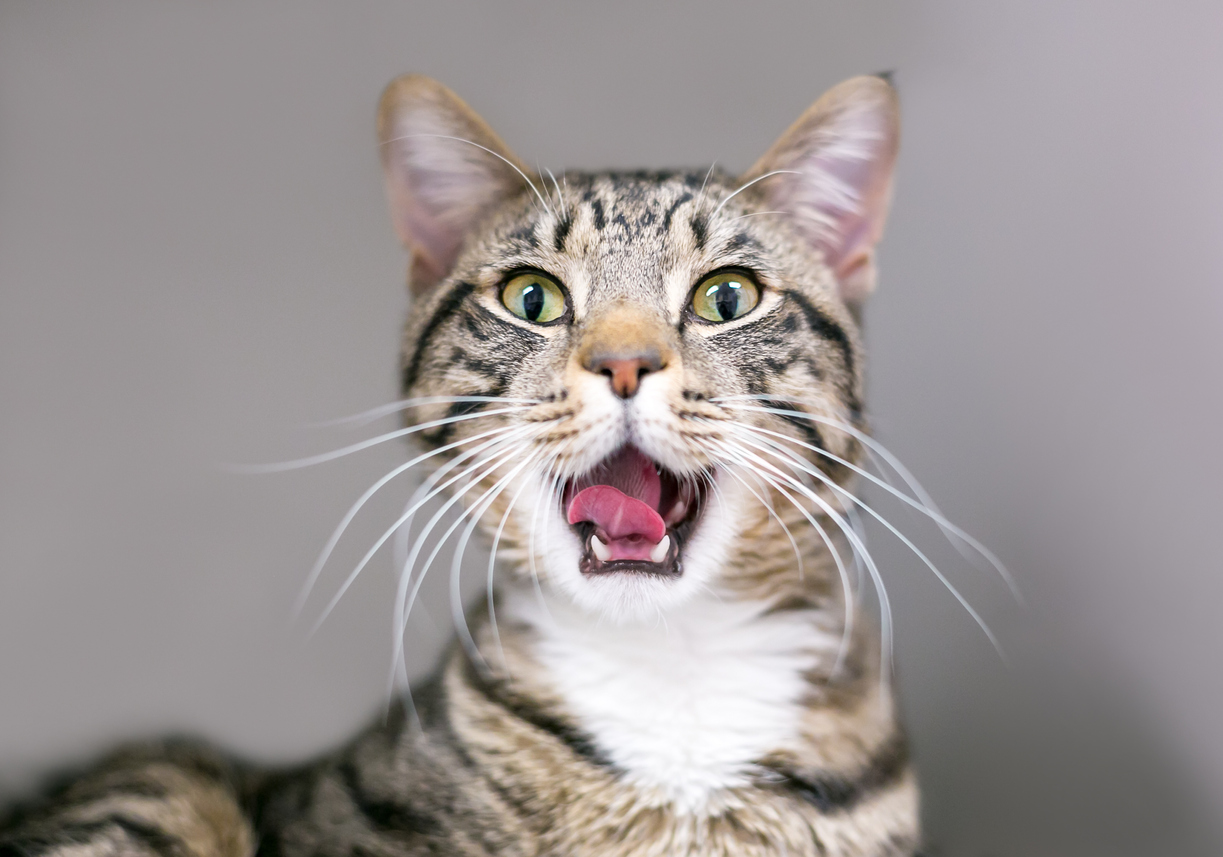Wellness Veterinary Hospital CT Scan Service
Why Should I Bring my Pet to Wellness Veterinary Hospital and Diagnostics Centre for a CT Scan?
Wellness Veterinary Hospital and Diagnostics Centre is a top-tier veterinary hospital in Hong Kong that specializes in small animal care. Our advanced facility is overseen by dedicated veterinarians who strive to deliver exceptional veterinary services. The Wellness Veterinary Hospital and Diagnostics Centre in Hong Kong boasts state-of-the-art CT scanning equipment, which is among the most advanced in veterinary facilities. With a team of highly skilled professionals in the imaging department, they offer an unparalleled diagnostic imaging service. The facility and staff are accessible round the clock, 365 days a year, ensuring top-notch care for both patients and clients.
Wellness Veterinary Hospital and Diagnostics Centre Vimago CT scanner was engineered for veterinarians to be used diagnostically, intraoperatively and interventionally with the ability to quickly scan the entire body of any pet patient from a mouse to a mastiff. It outperforms other CT’s and uses 60-90% less radiation than standard CT.
The thickness of each slice can be adjusted and can be as thin as 0.09mm, which is approximately the same as the width of a human hair. By using a CT scanner that rotates quickly, a significant amount of data can be gathered in a very short period of time. For instance, a scan of a large dog’s chest can be completed within seconds. This also allows for highly detailed information about specific body parts to be obtained in a manner that is unmatched by any other imaging technique. The speed of CT scans often enables patients to undergo the procedure while under sedation, rather than requiring a general anesthesia.
Diagnostic imaging for pets: CT Scans in Dogs and in Cats
Diagnostic imaging, such as computerized tomography (CT), plays an essential role in the diagnosis and treatment of diseases in veterinary medicine. The progress achieved in technology throughout the years has assisted veterinarians in identifying and managing different ailments that were previously untreatable. In veterinary hospitals, a CT scanner is an essential diagnostic tool for veterinarians.
What is a CT (Computed Tomography) Scan?
A CT scan creates a detailed still image of your animal's organs, bones, and tissues. CT scans can be completed in just a few minutes, which makes them highly suitable for emergency situations. This is achieved by directing X-rays through the body to generate images.
By undergoing a CT scan, any irregularity in your pet's tissues or organs caused by a disease can be detected. It is important to note that after the scan, there will be no lingering radiation in your pet's body.
CT is a medical diagnostic tool used to examine different areas of the body, particularly the ones composed of bone (such as joints), air (like the lungs and nose), and soft tissue structures that have a blood supply. CT scanning is frequently employed in veterinary medicine and is extensively utilized at Wellness Veterinary Hospital & Diagnostics Centre. It utilizes X-rays to generate an image, which are the same X-rays that produce the familiar radiographs commonly seen.
How does a CT machine work?
CT works by using a continuous beam of X-rays which spin around in a doughnut shaped support called a gantry. The tube head in our Vimago HDVI CT scanner spins fast and can circle around the patient. Our Vimago HDVI CT scanner has a fast-spinning tube head that can circle around the patient. This tube head produces an X-ray beam with high resolution. The resolution is as small as 0.09mm, which is approximately the thickness of a human hair.
During this process, the individual undergoing the procedure can be transported within the gantry by electronically adjusting the surface of the table. As the X-ray tube rotates around the patient inside the scanner, it generates a series of X-ray images.
After this information is obtained, powerful computers use complex software to produce images that can be recognise and interpreted. Interpretation of the hundreds of slices of information, obtained for every patient, takes considerable time and expertise.
CT scanning has a number of advantages over both conventional X-ray radiography and other imaging techniques:
- Interpretation: CT scanning eliminates the overlapping of structures by generating cross-sectional slices of the patient, thereby facilitating the analysis of intricate body regions.
- Abnormalities: By electronically combining the slices, a CT scan enables the creation of thicker slices, which enhances the detection of small abnormalities that could have been overlooked otherwise.
- ‘Surgeon’s Eye View: The CT scan slices can be digitally arranged in various orientations, enabling the radiologist to manipulate the images and reconstruct the tissues effectively. This capability often assists surgeons in gaining a better understanding of diseases, as they can obtain a more comprehensive three-dimensional perspective of the abnormalities.
- Speed and Detail: The HDVI scanner is extremely fast and offers the benefit of ECG gating, allowing for the creation of highly detailed images of the heart and its small supporting blood vessels known as coronary arteries. This is particularly crucial for imaging patients with cardiac conditions that are challenging to detect using ultrasound.
How are CT scans for dogs and cats beneficial?
The high-resolution images produced by a CT scanner help vets evaluate your dog's or cat’s anatomy in greater detail than traditional X-rays allow.
CT scanners provide excellent, detailed scans of bony and soft tissue structures in the body. The most common areas of the body scanned by vets using CT technology include your pet’s spine, nasal cavity, inner ear, and chest or lungs. Veterinarians may also use CT technology to assess your pet's lymph nodes, thyroid gland, abdominal organs, skull/brain, and vascular structures.
A CT scan can also be combined with a contrast agent that is given to your dog intravenously (IV), allowing your veterinarian to see increased areas of blood flow in the body. This is a great way to detect cancer and areas of inflammation.
CT scanning is particularly useful for looking at injected contrast agent within the body. A contrast agent is a liquid that can be injected into a patient and then watched on the CT scan as it passes around the arteries and veins, and into the organs that the blood vessels supply. The fast speed of the CT scanner enables the contract agent to be tracked.
Furthermore, it is necessary for the contrast agent to be administered rapidly to the body in order to ensure that a concentrated and distinct amount of the contrast is present, rather than gradually dispersing throughout the body.The combination of fast scanner and pressure injector means that even small blood vessel abnormalities can be seen, and the contrast tracked as it passes through the internal organs.
What advantages our Vimago HDVI CT machine provides?
The Vimago imaging platform employs HDVI technology, which produces incredibly detailed, 3D images of your pet's anatomy. Our CT scanner also has onboard Digital Radiography and Fluoroscopy; which allows us to create real-time, moving, x-ray images to help better enable diagnosis and aid us with surgical outcomes.
Another advantage in our Vimago HDVI CT scanner is that it uses considerably less radiation than other devices, which decreases your pets radiation exposure time compared to other imaging techniques. High-Definition Volumetric Imaging (HDVI) is a new, proprietary and patented imaging technology, similar to CT (Computed Tomography) that provides unprecedented diagnostic and interventional information for veterinary clinicians. Our CT scanner data can provide resolution as small as 0.09mm (about the thickness of a human hair). Veterinarians can see the data in any angle, thickness or orientation. The results are superior diagnostic confidence.



